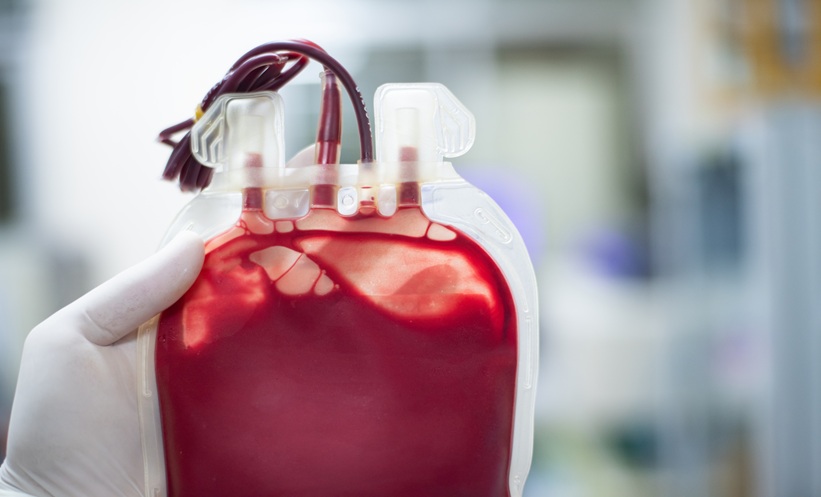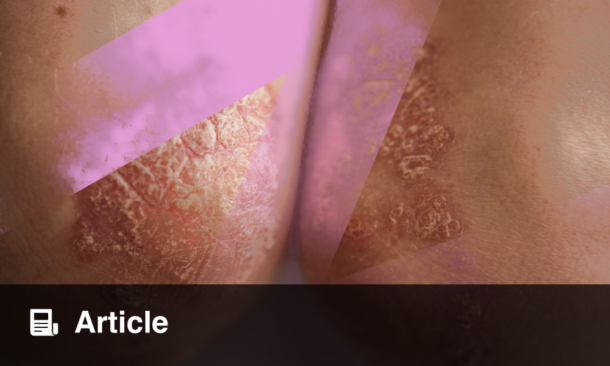SURVIVORS of blood or marrow transplants (BMT) face a significantly higher risk of developing cutaneous malignant neoplasms, including basal cell carcinoma (BCC), squamous cell carcinoma (SCC), and melanoma, according to a recent cohort study.
This extensive study, involving 3,880 BMT survivors with an average follow-up of nearly 10 years, found that the cumulative incidence of skin cancer was 27.4%, with BCC (18.0%), SCC (9.8%), and melanoma (3.7%) being the most common. The incidence rates were notably higher compared to a control group of healthy siblings, signaling a concerning trend for patients post-BMT.
The research identified several key risk factors for skin cancer in this population. Notably, BMT recipients aged 50 years and older, those with chronic graft-vs-host disease (cGVHD), and those exposed to pretransplant monoclonal antibodies had significantly higher risks. Furthermore, patients who received allogeneic BMT with cGVHD, posttransplant immunosuppression, and total body irradiation were also found to be at an increased risk for developing BCC and SCC.
The study also highlighted the impact of race and ethnicity. Black, Hispanic, and multiracial patients demonstrated lower risks for BCC and SCC, while transplant center and site-specific factors, such as those at City of Hope and the University of Alabama at Birmingham, were associated with higher incidences of skin cancer.
With these findings in mind, dermatologic surveillance and personalized counseling are essential for BMT survivors. This study emphasizes the importance of targeted prevention strategies and monitoring to help mitigate the long-term risk of skin cancer in this vulnerable group.
Reference: Broman KK et al. Incidence of and Risk Factors for Cutaneous Malignant Neoplasms After Blood or Marrow Transplant. JAMA Dermatol. doi: 10.1001/jamadermatol.2024.5129.
Anaya Malik | AMJ








